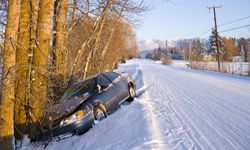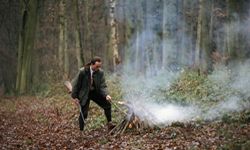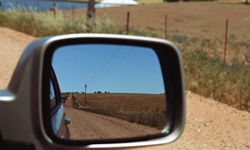It's cold and dark. Your car is upside down in a snow-covered ditch and you're miles away from the nearest house. Things aren't looking good. In this kind of scenario, you're going to need to depend on your own strength and good sense to survive through the night and until you can get rescued. Knowing some basic survival skills is a good start, as is having a well-stocked emergency kit in your car's trunk. These things will help you live, but getting rescued means you'll need to get the attention of someone else. And when you're "miles from nowhere," it's not as easy as getting a cell phone signal or sending an e-mail that says "HELP." You'll need to be acquainted with some SOS signaling techniques. Lucky for you, the following pages are chock full of them, so click forward if you want to survive.
Advertisement





